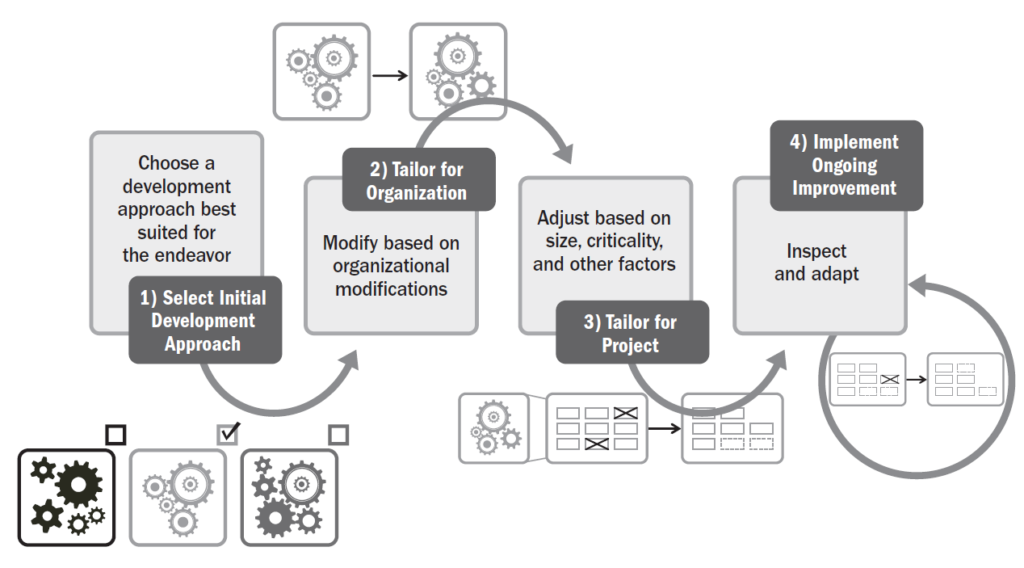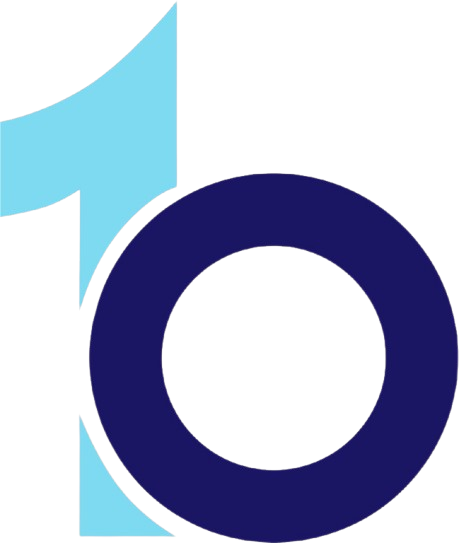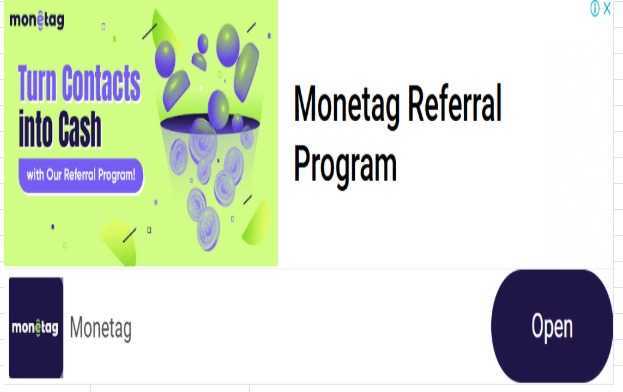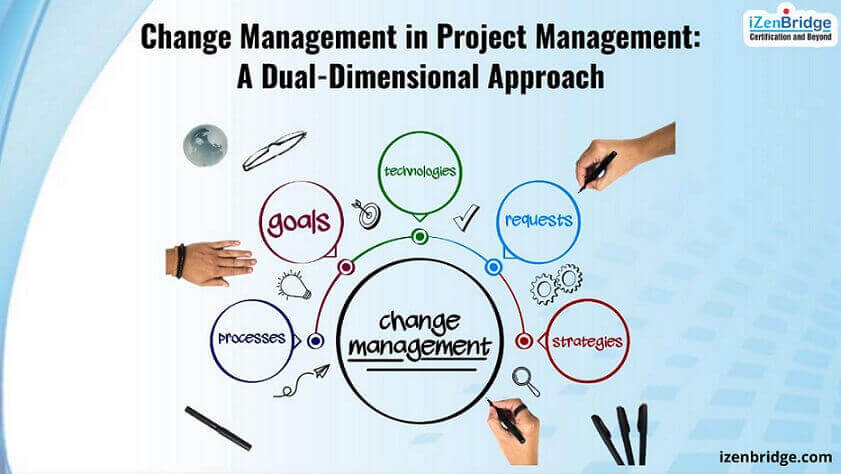Change Models – PMBOK Perspective
Change is an inevitable aspect of project management. Whether it’s a shift in organizational priorities, stakeholder expectations, technology advancements, or market conditions—project environments must continuously adapt. The Project Management Institute (PMI), through its flagship guide, the PMBOK® Guide (Project Management Body of Knowledge), emphasizes the importance of managing change effectively for project success.
In this blog, we will delve deep into change models within the PMBOK framework, explore their significance, and understand how project managers can leverage them to facilitate successful change in complex project environments.
1. Understanding Change in Project Management
Change in projects refers to any deviation from the original project plan. This could include changes in scope, budget, timeline, resources, or stakeholder expectations. Managing these changes effectively is crucial because unmanaged change can lead to scope creep, budget overruns, missed deadlines, and ultimately project failure.
According to PMBOK, change must be managed through structured processes and appropriate models that enable a smooth transition from the current state to the desired future state. These models provide guidance, reduce resistance, and increase the likelihood of success.
2. The PMBOK Approach to Change
The PMBOK Guide doesn’t prescribe a single change model but recognizes the importance of organizational change management (OCM) and its integration into project and program management. It recommends tailoring appropriate change models based on organizational needs, culture, complexity, and project context.
Change management in PMBOK is primarily reflected in several key performance domains, such as:
- Stakeholder Performance Domain
- Team Performance Domain
- Uncertainty Performance Domain
- Project Work Domain
- Delivery Performance Domain
Change is not isolated—it impacts and is impacted by various elements of a project. Hence, PMBOK emphasizes an integrated and adaptive approach to change.
3. Why Use Change Models?
Change models serve as frameworks to:
- Understand human responses to change
- Plan the change process systematically
- Communicate effectively with stakeholders
- Address resistance
- Ensure a smoother transition
Change models help bridge the gap between strategy and execution, ensuring that people, processes, and systems align with project goals.
4. Popular Change Models Aligned with PMBOK Principles
PMI doesn’t create proprietary change models but encourages the use of established models that align with project realities. Below are several widely accepted change models that are compatible with PMBOK’s project management approach:
a. Lewin’s Change Management Model
Phases:
- Unfreeze – Prepare the organization to accept change
- Change – Execute the intended transformation
- Refreeze – Solidify the new state as the norm
PMBOK Alignment:
- Unfreeze aligns with initiating processes and stakeholder engagement.
- Change corresponds to executing processes and delivering outcomes.
- Refreeze links to closing activities and embedding lessons learned.
This model emphasizes the importance of preparing people for change, a key principle in stakeholder and team performance domains.
b. Kotter’s 8-Step Change Model
Steps:
- Create a sense of urgency
- Form a powerful coalition
- Develop a vision for change
- Communicate the vision
- Remove obstacles
- Generate short-term wins
- Build on the change
- Anchor the changes in culture
PMBOK Alignment:
Kotter’s model is particularly useful for managing large-scale organizational change. It aligns well with:
- Stakeholder and communications planning
- Risk and issue resolution
- Team engagement and leadership
- Value delivery and benefits realization
Project managers can integrate these steps into project initiation and execution plans to create sustainable change.
c. ADKAR Model (by Prosci)
Elements:
- Awareness – of the need for change
- Desire – to support and participate
- Knowledge – on how to change
- Ability – to implement required skills and behaviors
- Reinforcement – to sustain the change
PMBOK Alignment:
ADKAR is highly actionable and people-centric. It supports PMBOK’s emphasis on team development, leadership, and communication.
ADKAR is particularly helpful for:
- Identifying individual barriers to change
- Designing targeted interventions
- Monitoring and sustaining change through metrics
d. Bridges’ Transition Model
Phases:
- Ending, Losing, Letting Go
- Neutral Zone
- New Beginning
This model focuses on the emotional journey of those affected by change rather than the change process itself.
PMBOK Alignment:
Bridges’ model complements PMBOK’s team and stakeholder domains by acknowledging psychological impacts, which helps project managers provide empathetic leadership and manage morale through uncertainty.
5. Integrating Change Models into the PMBOK Project Life Cycle
Here’s how change models can be integrated into the phases of a PMBOK-aligned project:
Initiation Phase
- Use Lewin’s Unfreeze or Kotter’s Urgency step to prepare stakeholders.
- Conduct change impact assessments.
- Identify key influencers and change agents.
Planning Phase
- Align change management plans with the overall project management plan.
- Define communication strategies, training plans, and resistance mitigation steps.
- Use ADKAR Knowledge and Desire stages to build readiness.
Execution Phase
- Apply change leadership (Kotter, Bridges) to maintain momentum.
- Monitor engagement levels, feedback, and performance.
- Implement adaptive measures to overcome obstacles.
Monitoring & Controlling
- Track change metrics (engagement, adoption, resistance).
- Adjust communication and support strategies.
- Reinforce successful changes (ADKAR, Refreeze).
Closing Phase
- Celebrate wins, collect lessons learned.
- Institutionalize change (Kotter’s anchor, ADKAR reinforcement).
- Ensure knowledge transfer and sustainability.
6. Change Control vs. Change Management – Clarifying the Difference
PMBOK makes a clear distinction between two vital aspects of managing change:
Aspect | Change Control | Change Management |
Scope | Project-level scope, schedule, and cost changes | Organizational, behavioral, and cultural adaptation |
Focus | Formal process for approving/rejecting changes | Supporting people through the change journey |
Tools | Change request forms, change control board, configuration mgmt. | Communication plans, training, coaching, stakeholder mgmt. |
Managed by | Project Manager, PMO | Change Manager, HR, Leadership, or Project Manager (hybrid) |
Examples | Scope change due to client request | Employee resistance to adopting a new CRM |
For a successful project, both must be handled effectively and in a coordinated fashion.
7. Tailoring Change Models – The PMBOK Way
Tailoring is a fundamental PMBOK concept. It means adapting project practices and models to fit the specific context, size, complexity, and culture of the organization.
When choosing or applying change models, project managers should tailor based on:
- Organizational Maturity – Mature organizations may need formal models; startups may need agile, flexible approaches.
- Project Complexity – Highly complex projects benefit from structured models like Kotter or ADKAR.
- Stakeholder Sensitivity – If stakeholders are heavily impacted, emotional models like Bridges’ may be more appropriate.
- Leadership Style – Hierarchical vs. collaborative organizations will respond differently to top-down vs. participatory models.
- Delivery Approach – Agile projects may favor lightweight, continuous change frameworks.
8. Practical Tips for Project Managers
To integrate change models effectively into project delivery:
✅ Start with Stakeholders
- Use change models to map stakeholder responses and expectations.
- Involve stakeholders in co-creating the change journey.
✅ Build a Change Network
- Identify champions and influencers who can help cascade the change.
✅ Communicate Early and Often
- Communication is the backbone of change. Use tailored messaging for different audience segments.
✅ Train and Support
- Provide ongoing training and support mechanisms (workshops, peer support, help desks).
✅ Celebrate and Reinforce
- Acknowledge milestones. Public recognition of efforts helps reinforce the new behavior.
9. Real-World Example: Applying Change Models in a Digital Transformation Project
Scenario: A financial services company is implementing a new enterprise-wide CRM system.
Challenges:
- Employee resistance
- Unclear benefits
- Multiple legacy systems
Approach:
- Used Kotter’s Model to build urgency and vision.
- Applied ADKAR to guide employee adoption.
- Employed Bridges’ Model to manage the emotional impact of role changes.
- Combined change control (for technical changes) with change management (for behavioral shifts).
Result:
The project was delivered on time, with high user adoption and minimal disruption to operations. This hybrid model approach helped manage both technical and people-side transitions.
10. The Evolving Role of the Project Manager in Change
Today’s project managers are no longer just task managers—they are change leaders. According to PMI’s Talent Triangle, a modern PM must possess:
- Technical Project Management Skills
- Strategic and Business Acumen
- Leadership Skills (including Change Management)
Being equipped with change models empowers PMs to lead with influence, engage stakeholders meaningfully, and drive sustainable outcomes.
Conclusion
Change models are indispensable tools in the project manager’s toolkit. When integrated thoughtfully into PMBOK-based project delivery, they enable smoother transitions, higher stakeholder satisfaction, and increased chances of project success. Whether you’re managing a small change or a large transformation, choosing the right change model—and tailoring it to your context—can make the difference between failure and success.
As PMI continues to evolve the PMBOK Guide to reflect dynamic and complex environments, the emphasis on adaptive, people-centric change approaches becomes even more vital. Project managers who master both project execution and change leadership will be the ones who lead the future.



